With reverse transcription polymerase chain reaction (RT-PCR)-based tests being the primary diagnostic test for COVID-19 currently, and with test kits running in short supply, it may be warranted to evaluate other means of testing for the virus.
Some studies have shown that a CT scan of the lungs may be more accurate and sensitive in detecting COVID-19 infection. Other means of testing include the use of approaches involving the genome editing tool CRISPR and serological testing. While CRISPR can detect the virus through recognition of specific viral genetic sequences, serological testing involves detection of antibodies generated from a previous infection and thus cannot help diagnose new infections; it can only show the degree of viral spread in a community, which can be useful information for public health agencies.
SARS-CoV-2 is the human coronavirus that leads to the COVID-19 respiratory infection. The infection is characterized by pneumonia-like symptoms including cough, fever and difficulty breathing. Breathing difficulties arise due to lungs being filled with fluid, which appear as distinctive white patches referred to as ‘ground glass opacity’ on a CT scan.
PCR-based approaches to detect COVID-19 involve amplification of small amounts of genetic material obtained from specimens from the throat, nasal tract or blood to detect the presence of viral-specific genomic components. The material is isolated, reverse transcribed and subjected to amplification. While the test has become the gold standard, with most companies designing kits based on the technique, the test is subject to error, thereby compromising on both accuracy and sensitivity. It has been reported that PCR-based testing for COVID-19 can yield false negatives as high as 30 percent.
A recent study published in the journal Radiology showed that a chest CT provides greater sensitivity to produce more accurate and reliable results compared to testing by RT-PCR. The study found that performing CT scanning for detection of COVID-19 yielded a sensitivity of 98 percent compared to RT-PCR, which had a sensitivity of 71 percent.
Study authors concluded that “early diagnosis of COVID-19 is crucial for disease treatment and control. Compared to RT-PCR, chest CT imaging may be a more reliable, practical and rapid method to diagnose and assess COVID-19, especially in the epidemic area.”
Related: WHO Announces SOLIDARITY Megatrial to Test Treatments for COVID-19
In the study, both CT and RT-PCR were performed on 1,014 patients. Chest CT was evaluated with respect to RT-PCR testing, which was used as a reference standard in diagnosing COVID-19. In terms of accuracy, the results showed that 88 percent of patients had positive chest CT scans compared to 59 percent of patients that tested positive through RT-PCR. Based on positive RT-PCR results, the sensitivity of chest CT in reporting COVID-19 was 97 percent. Moreover, among patients with negative RT-PCR results, 75 percent had positive chest CT findings. About half of these were considered to be highly-likely cases and one third to be probable cases.
The results from this study indicate that CT scanning may be a preferable method in diagnosing COVID-19 infection. Chest CT is a routine imaging tool used in the diagnosis of the lung infection pneumonia. Similarly, optimal diagnosis of COVID-19 may be best achieved through CT imaging of the lungs as it is a fast, reliable and easy method of diagnosis. The widespread use of CT for COVID-19 diagnosis presents obvious challenges in terms of limitations with respect to equipment and related resources. Nevertheless, it should be considered as an appropriate and preferable diagnostic.

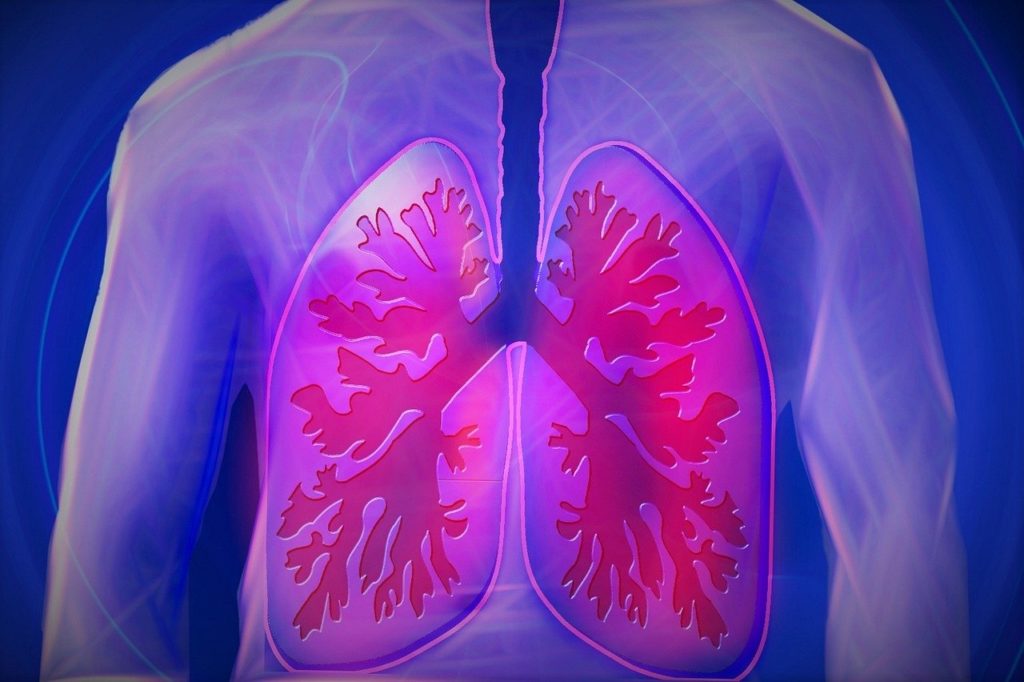

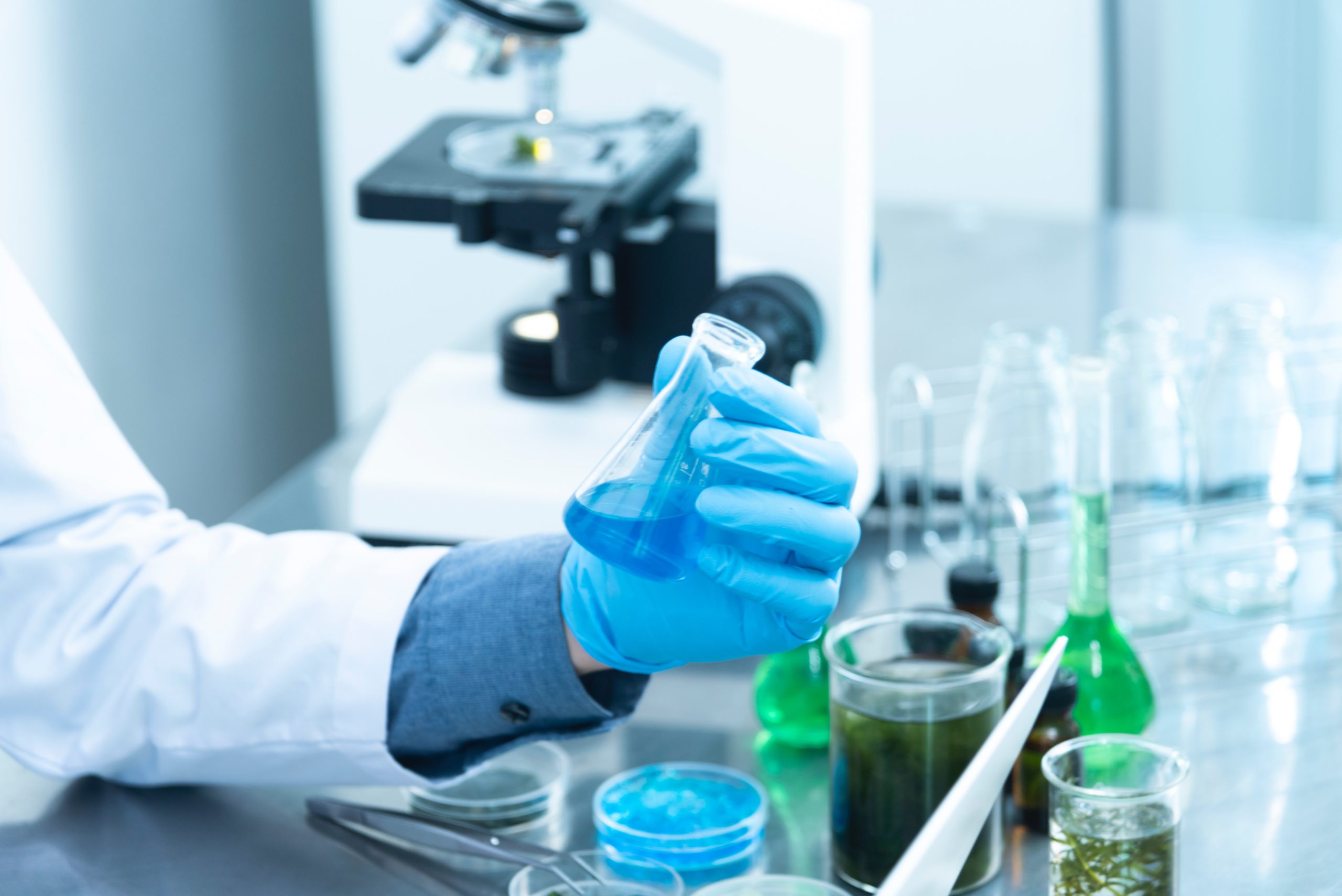
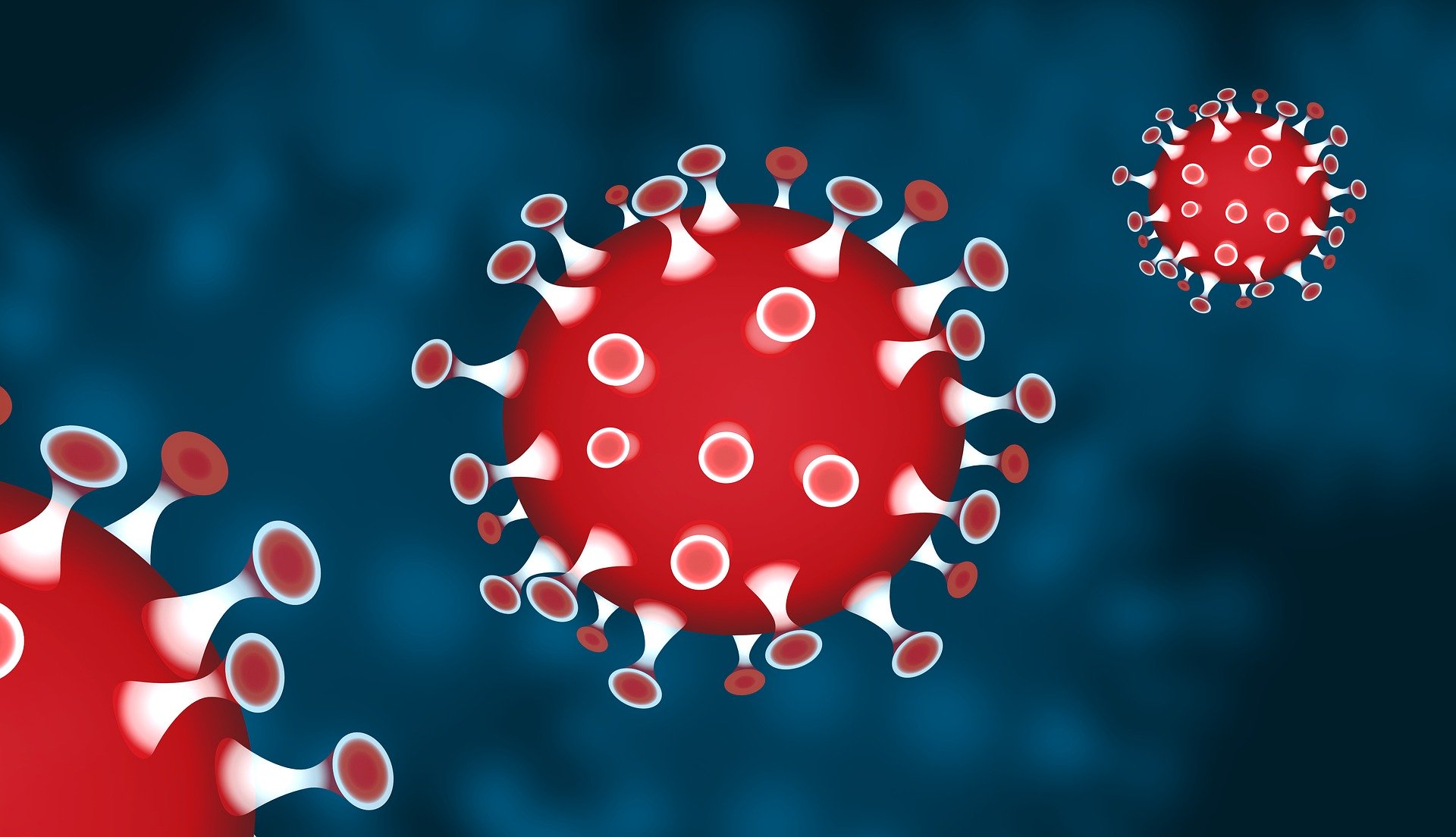

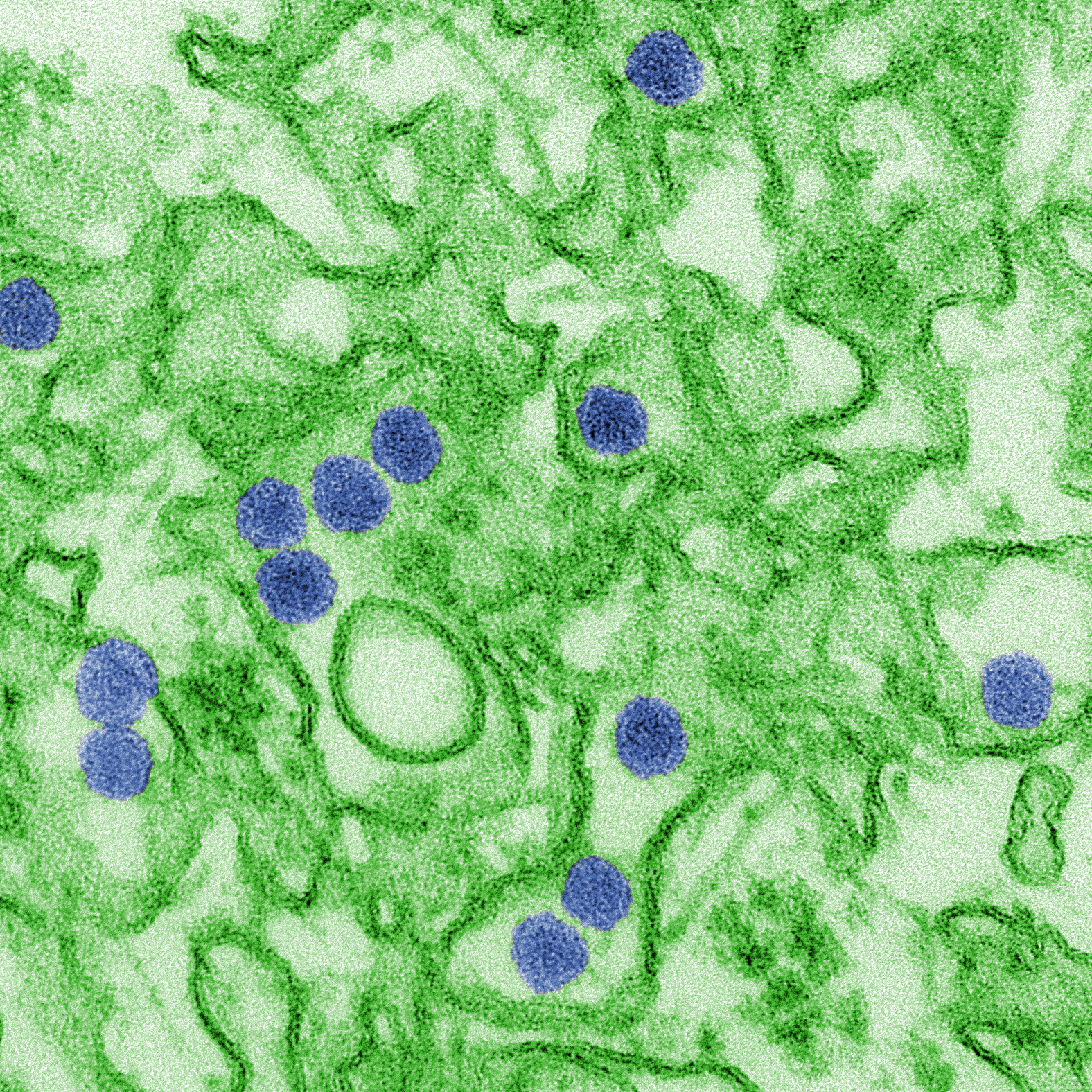




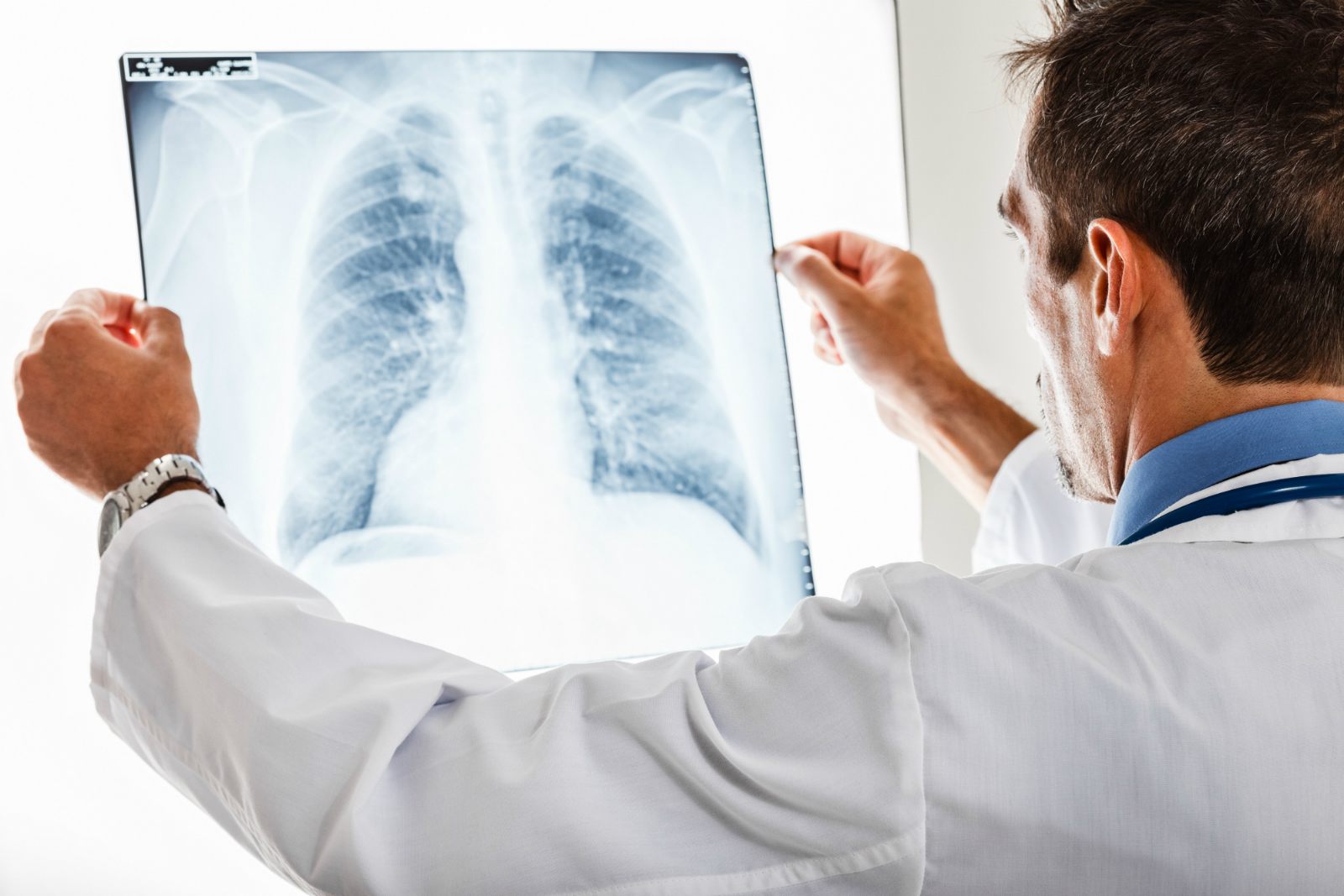
Join or login to leave a comment
JOIN LOGIN